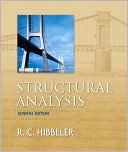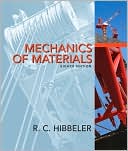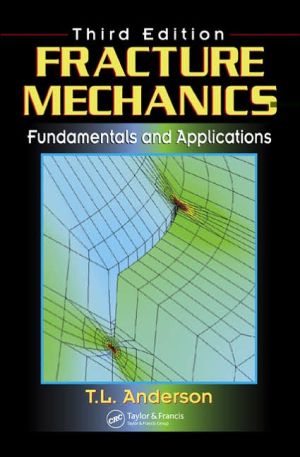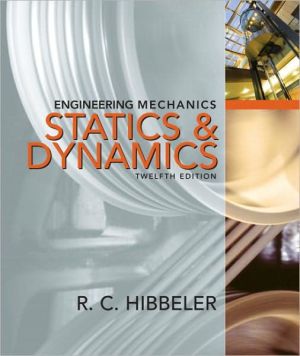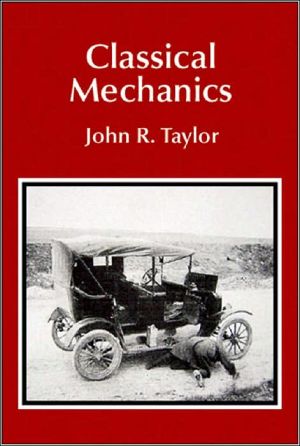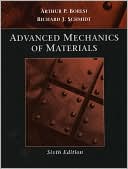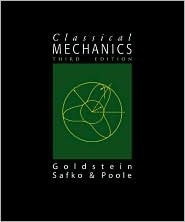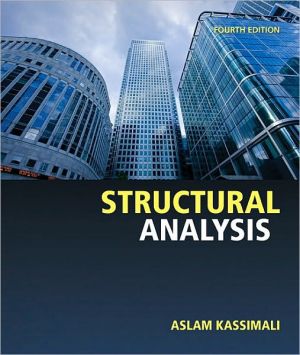Steel, Concrete, and Composite Design of Tall Buildings
Thoroughly updated, this superbly illustrated handbook provides a uniquely practical perspective on all aspects of steel, concrete, and composite use in the design of tall buildings. It alerts professionals to the latest codes and ANSI standards and includes dozens of case studies of important buildings throughout the world, providing in-depth insight into why and how specific structural system choices were made. It also discusses recent studies of seismic vulnerability. . .the effect of wind...
Search in google:
Devise structural systems that can stand up to the forces of nature and the demands of clients. Thoroughly updated, this superbly illustrated handbook provides structural engineers and architects with a uniquely practical perspective on all aspects of steel, concrete, and composite use in the design of tall buildings, including wind effects, seismic design, and various lateral and gravity systems. The Second Edition includes dozens of case studies of important buildings throughout the world—many of which Dr. Taranath designed himself—and provides in-depth insight into why and how specific structural system choices were made. Steel, Concrete, & Composite Design of Tall Buildings also discusses: The Latest Building Codes, including the 1997 UBC, ANSI and ASCE Stardards, and SEAOC Vision 2000 Document; Recent developments in studies of seismic vulnerability, retrofit design of existing buildings and structural research findings from the earthquakes in Kobe, Japan, and Northridge, California; Earthquake Hazard Mitigation Technologies such as seismic base isolation, passive energy dissipation, and damping systems; The effect of wind and seismic forces on design decisions—and the latest approaches for establishing cost-efficient designs; Lateral bracing concepts and gravity-based systems—and how they are applied to tall buildings; The structural behavior of building components and assemblies; Computer modeling techniques for predicting elastic and elasto-plastic response of buildings; General approaches and trends—including state-of-the-art systems—that can assist engineers who are new to high rise design and construction. Using realistic example problems throughout, Dr. Taranath demonstrates how to implement virtually all the latest ideas and methods for creating sound, cost efficient high-rise structures. Lucid, systematic, and thorough, this essential resouce provides professionals at all levels of experience with the tools they need to devise systems that gracefully resist the battering forces of nature while addressing the specific needs of project clients.Bungale S. Taranath, Ph.D., DE, FI, Struct E, is senior project manager with the largest consulting firm in the United States, at John A. Martin and Associates, located in Los Angeles, California. He has extensive experience in the design of concrete, steel, and composite tall buildings, and has served as principal-in-charge on many notable high-rise projects. He has held positions as a senior project engineer in Chicago, Illinois, and as vice president and principal-in-charge with two consulting firms in Houston, Texas. He is a fellow the Institution of Structural Engineers, London, England; a member of the American Society of Civil Engineers and the American Concrete Institute; and a registered structural and professional engineer in several states. He has conducted research into the behavior of tall buildings and shear wall structures and is the author of a number of published papers on torsion analysis and multistory construction projects, including Structural Analysis and Design of Tall Buildings, published by McGraw-Hill. Booknews A handbook for structural engineers and architects providing practical information on all aspects, including wind effects, seismic design, and various lateral and gravity systems. Includes the latest building codes, recent retrofits in light of earthquakes in Japan and California, the structural behavior of building components and assemblies, computer modeling techniques for predicting the elastic and elasto-plastic response of buildings, and general approaches and trends for the benefit of engineers new to high-rise design and construction. Updated from the 1988 edition and augmented with new case studies, many of them Taranath's own designs. Annotation c. by Book News, Inc., Portland, Or.
General Considerations.Wind Effects.Seismic Design.Lateral Systems: Steel Buildings.Lateral Bracing Systems for Concrete Buildings.Lateral Systems for Composite Construction.Gravity Systems for Steel Buildings.Gravity Systems in Concrete Buildings.Composite Gravity Systems.Analysis Techniques.Structural Design.Special Topics.Appendix: A: Conversion Factors: U.S.Customary Units to SI Metric Units.
\ BooknewsA handbook for structural engineers and architects providing practical information on all aspects, including wind effects, seismic design, and various lateral and gravity systems. Includes the latest building codes, recent retrofits in light of earthquakes in Japan and California, the structural behavior of building components and assemblies, computer modeling techniques for predicting the elastic and elasto-plastic response of buildings, and general approaches and trends for the benefit of engineers new to high-rise design and construction. Updated from the 1988 edition and augmented with new case studies, many of them Taranath's own designs. Annotation c. by Book News, Inc., Portland, Or.\ \

